
INTELLIGENT
SOPHISTICATED
谈及房价飙升,蜗居应属当下社会热点话题。蜗居,比喻狭小的住所。都市生活充满无限挑战,在这个灯红酒绿的大城市中,许多白手起家的奋斗者选择蜗居作为落脚之地。近日,来自波兰的设计师Jakub Szczesny 巧妙的将蜗居变为一个时尚的家,令人赞叹不已。
初眼一望,Jakub Szczesny的房子像被汉堡包紧紧夹住的芝士。该房子有152厘米的空间,但房子内部却应有尽有。房子里面设计有卫生间、厨房、餐厅、书房和卧室共五区域。果然是名副其实的麻雀虽小,五脏俱全。
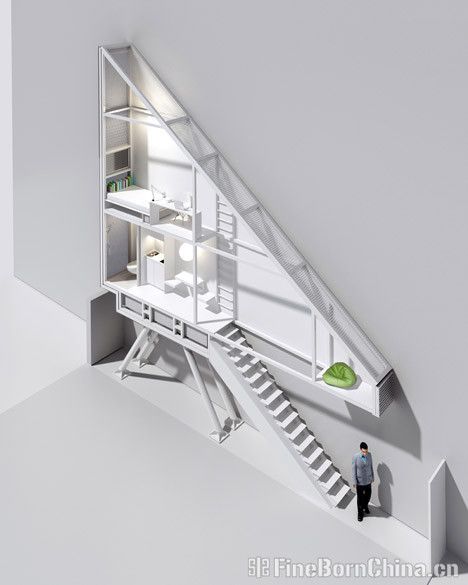
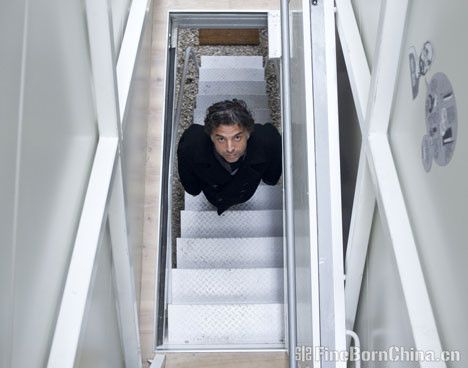
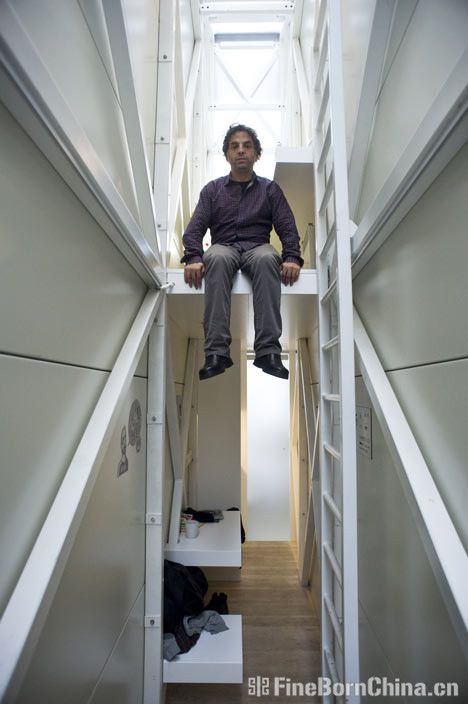
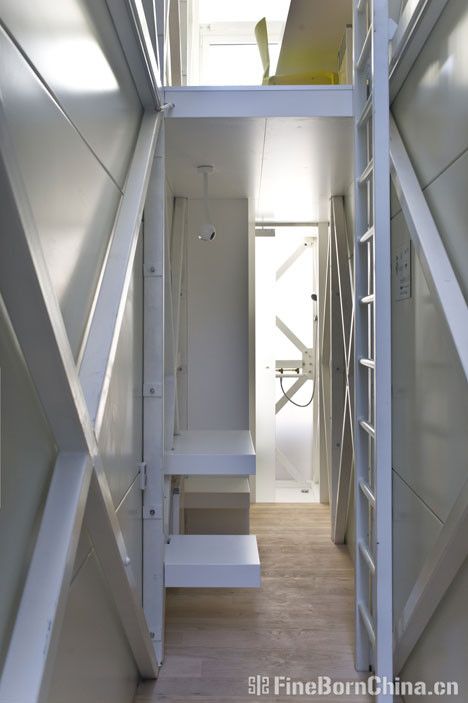
这样的舒适小窝,赶紧学学,为自己创造一个时尚蜗居生活。
其外文报导如下:
The narrowest Keret House with the broadest horizonsKeret House is the installation art in the form of an insert in between two existing buildings. The project was launched on Saturday 20th of October in Warsaw. It is led by the Israeli writer Etgar Keret.
Keret House is fully functional space in which one can live as well as create. It is located between buildings at Chlodna 22 Street and Zelazna 74 Street. "We deeply believe it will become a symbol of modern Warsaw ingrained in its complicated history. The House attracts attention of media from entire world. He hope it will show the most fascinating side of Warsaw", say Sarmen Beglarian and Sylwia Szymaniak form Polish Modern Art Foundation, the curators of the project.
The House is located on the plot measuring 92 centimeters in its narrowest point and 152 centimeters in its widest point. "That is why at first it seems that the construction of living space within such premise is impossible. Keret House is to contradict that false image, simultaneously broadening the concept of impossible architecture", says the architect Jakub Szczesny. The house itself is 72 centimeters in the narrowest and 122 centimeters in the widest point.
In the fracture of history
The house is located between two buildings from two historical epochs. "The first is a brick building on Zelazna Street – a fragment of the pre-world war II city, almost no longer existing. The second – a cooperative concrete apartment building,an element of an "imposed structure", which was aimed at negating the previous city
andscape. Their adjacency is coincidental – like many architectural structures in Warsaw. Keret House is a perfect example of the so-called "non-matching" in the city’s urban fabric. Another reason is the city’s war history – where the house is located, two ghettos - the large ghetto and the small ghetto met. Only a few steps from the house, a bridge connecting the two closed spaces, stood", explains Jakub Szczesny.
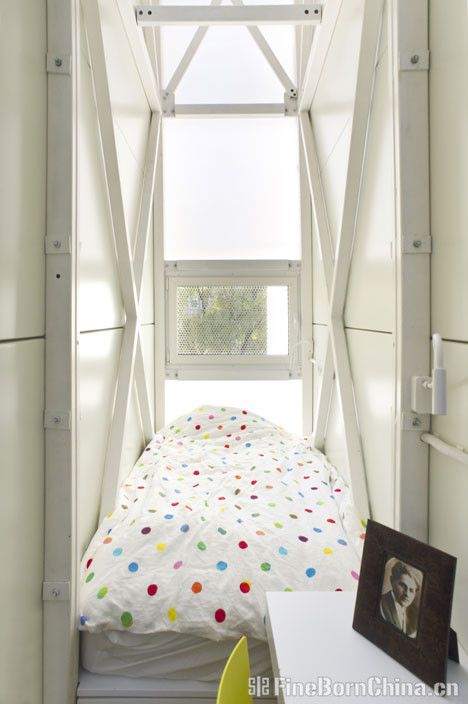
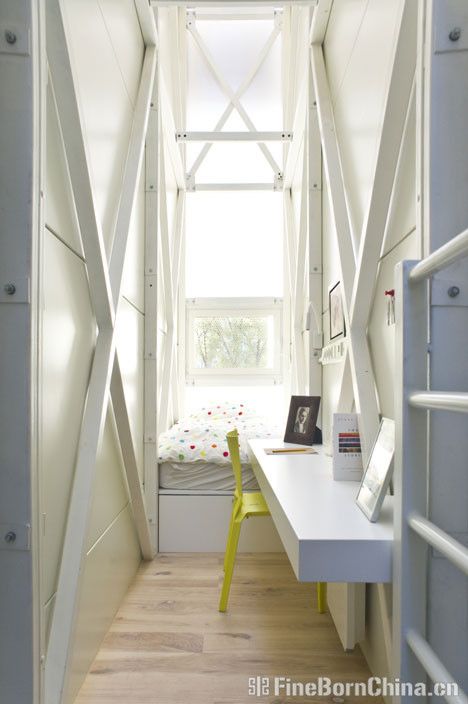
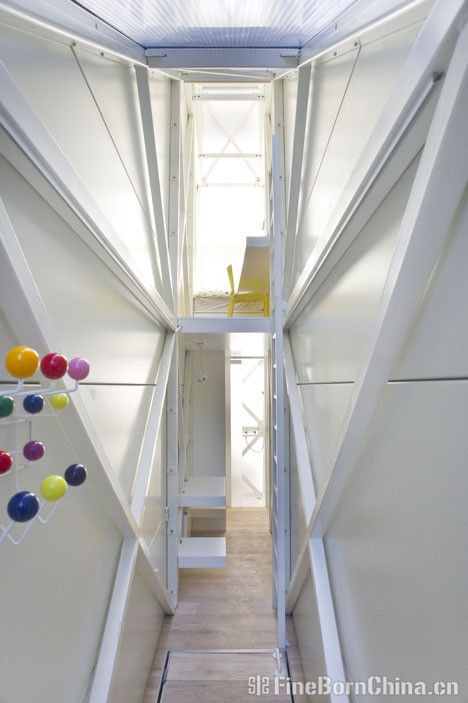
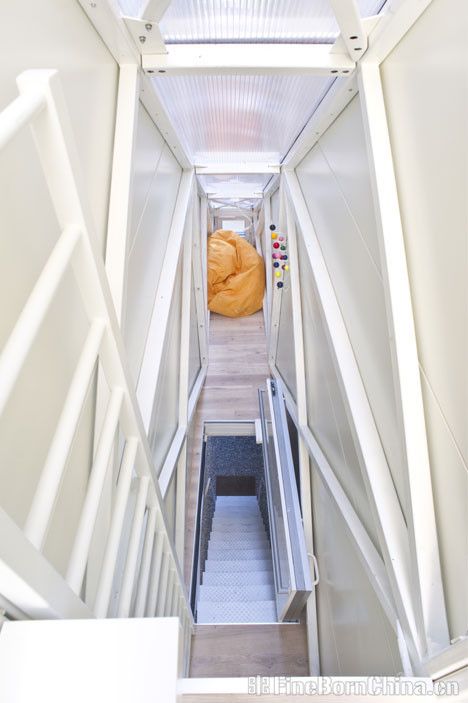
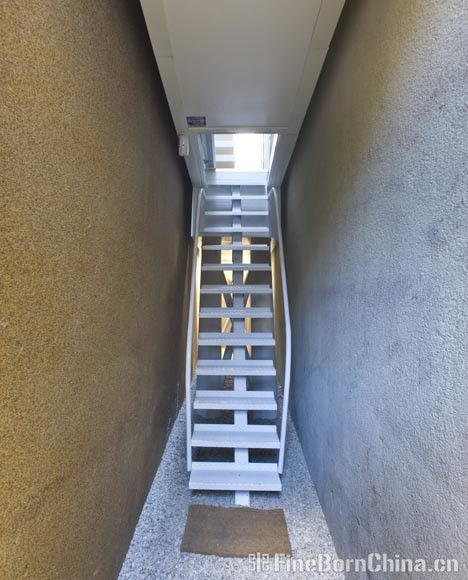
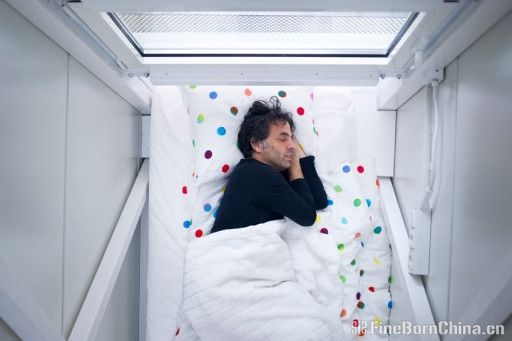
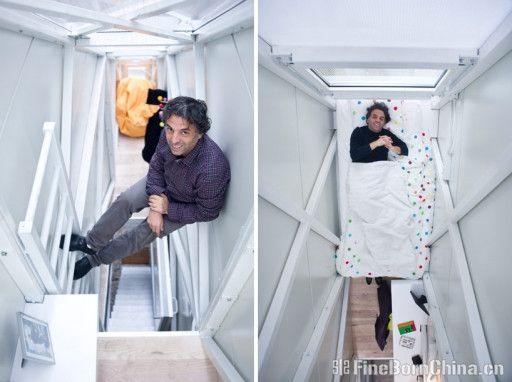
 温馨提示:菁华中国(Fine Born China) 独家原创稿件,部分图片来源于网络,授权转载,敬请联系:crm@FineBornChina.com, 并注明来源:微信公众号: FBC201208.
温馨提示:菁华中国(Fine Born China) 独家原创稿件,部分图片来源于网络,授权转载,敬请联系:crm@FineBornChina.com, 并注明来源:微信公众号: FBC201208. 

